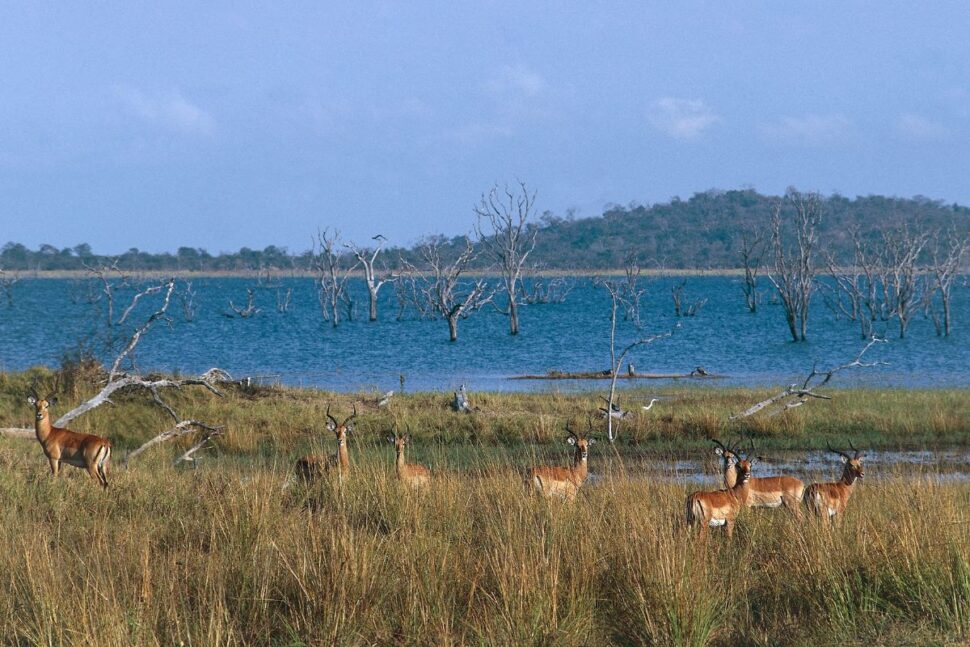A major environmental disaster has struck Zambia. A once-thriving river was rendered lifeless overnight due to a massive acidic waste spill from a Chinese-owned mine on February 18, 2025. The spill devastated local ecosystems and put the health and livelihoods of millions at risk. Authorities and conservationists are scrambling to assess the damage while concerns grow over the long-term consequences.

Zambian River Dies Following The Acidic Waste Spill
On that fateful day, a tailings dam at the Sino-Metals Leach Zambia mine, located in the northern part of the country, collapsed. This failure released approximately 50 million liters of waste containing concentrated acid, dissolved solids, and heavy metals into a nearby stream. The contaminated water quickly entered the Kafue River, Zambia’s most crucial waterway. This river stretches for over 1,500 kilometers through the heart of the nation.
The effects of the spill were swift and devastating. Within hours, the once-vibrant Kafue River transformed into a lifeless waterway. Resident Sean Cornelius described the shocking change to The Associated Press. “Prior to the 18th of February, this was a vibrant and alive river. Now everything is dead; it’s like a totally dead river. Unbelievable. Overnight, this river died.”
Reports indicate that dead fish have been washing up on the riverbanks as far as 100 kilometers downstream from the mine. The pollution has affected aquatic life, destroyed crops along the river’s banks, and caused the disappearance of local birdlife.
Wide-Reaching Consequences
The scale of this environmental catastrophe is difficult to overstate. The Kafue River basin is home to approximately 60% of Zambia’s 20 million people. These people rely on it for fishing, irrigation, and industrial water supply. Moreover, the river provides drinking water to about five million people, including residents of the capital city, Lusaka.
In the immediate aftermath of the spill, the nearby city of Kitwe, with an estimated population of 700,000, experienced a complete shutdown of its water supply. The potential for groundwater contamination as the mining waste seeps into the earth or is carried to other areas remains a significant concern for authorities.
Zambian President Hakainde Hichilema has called for expert assistance. Hichilema recognized the crisis as threatening people and wildlife along the Kafue River. The government has taken swift action, deploying the air force to drop hundreds of tons of lime into the river in an attempt to neutralize the acid and mitigate the damage. Additionally, speedboats have been utilized to apply lime along the river’s course.
Government Response And Cleanup Efforts
Government spokesperson Cornelius Mweetwa has emphasized the severity of the situation. Mweetwa stated that Sino-Metals Leach Zambia will bear the costs of the cleanup operation. This incident has also brought renewed scrutiny to Chinese-owned mining operations in Zambia. China is the dominant player in the country’s copper mining industry.
Zambia ranks among the world’s top 10 producers of this critical mineral used in smartphones and other technologies. Still, there have been growing concerns about the environmental and safety practices of Chinese-owned mines in the country. Reports suggest that some operations have been accused of ignoring safety, labor, and environmental regulations in their pursuit of controlling the nation’s mineral resources.





